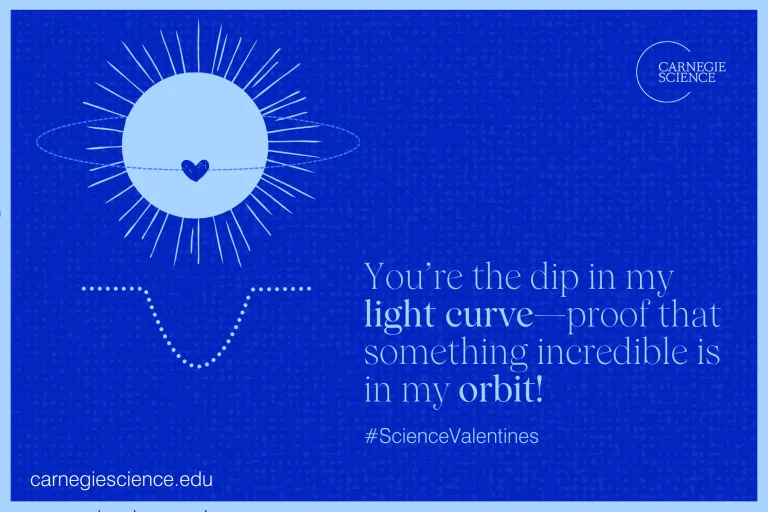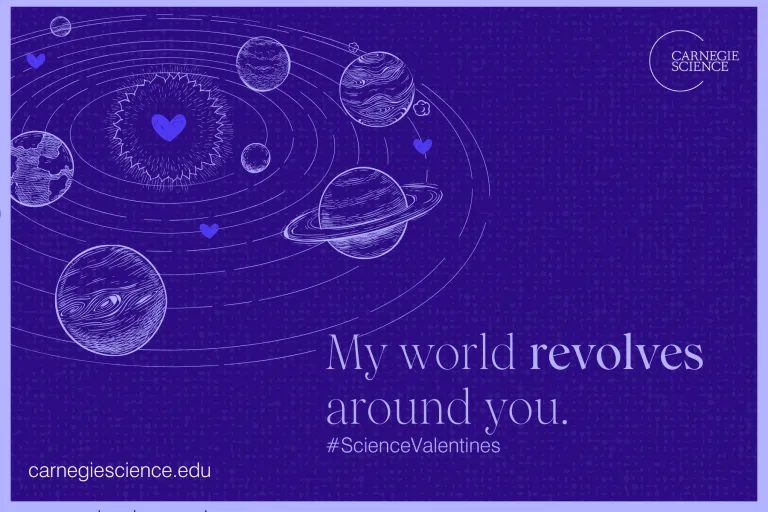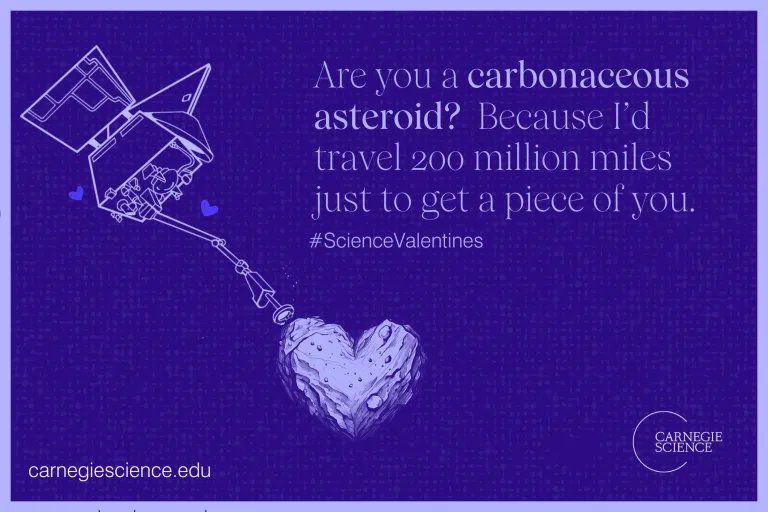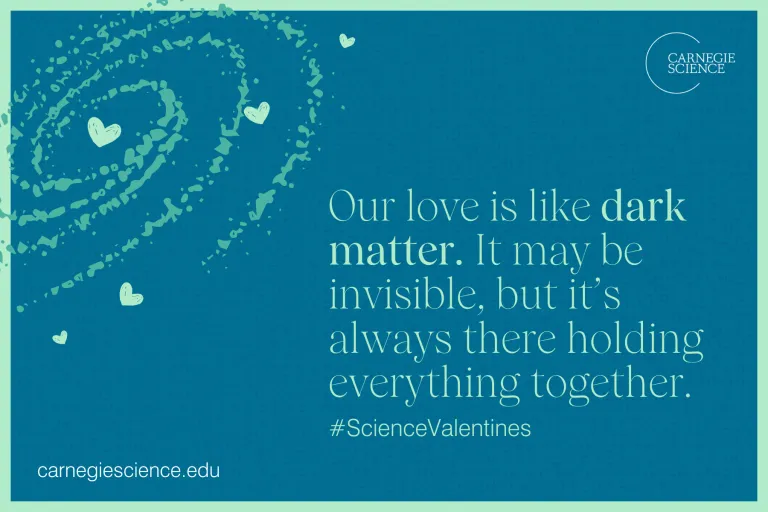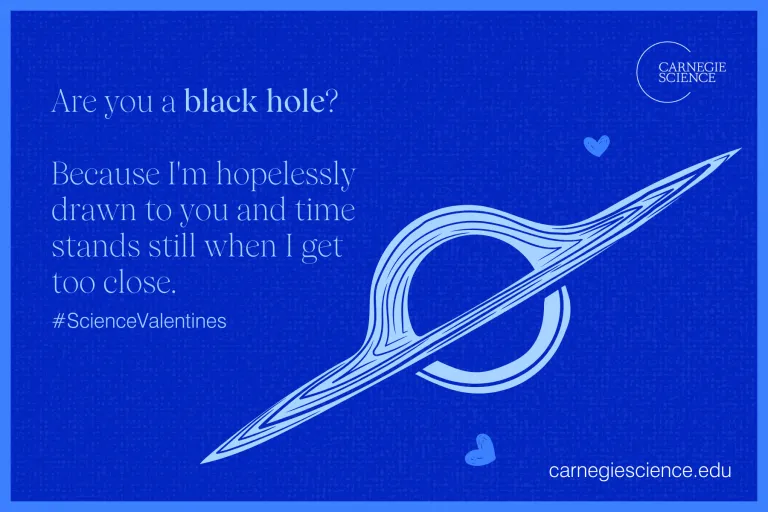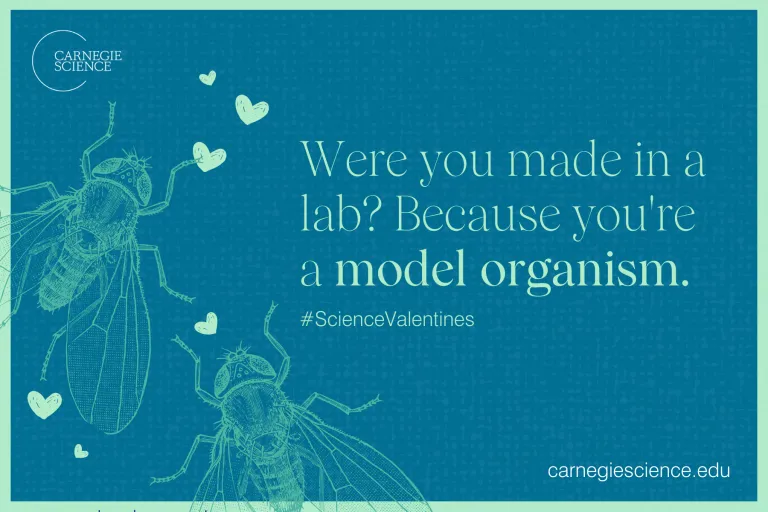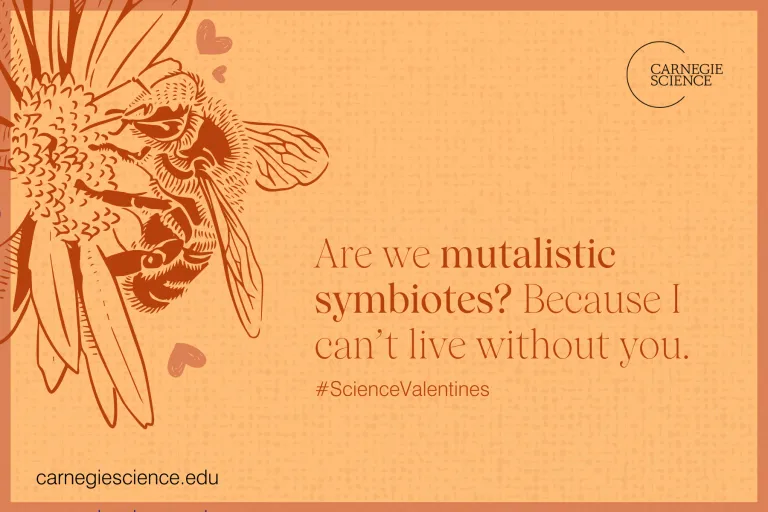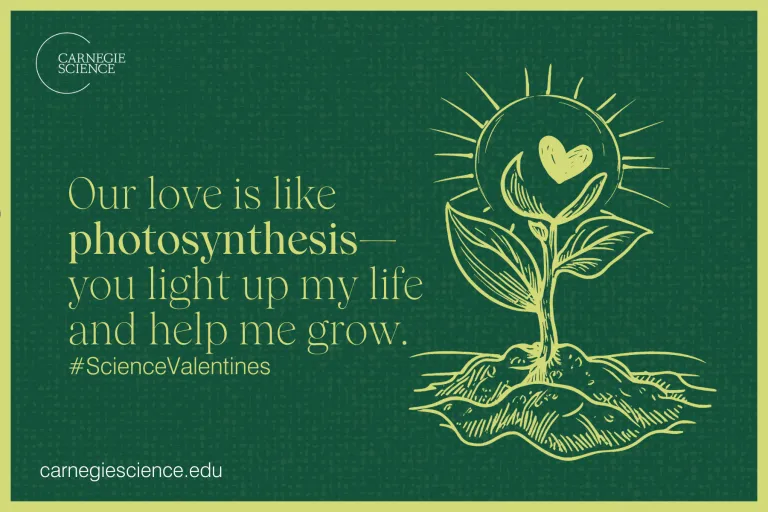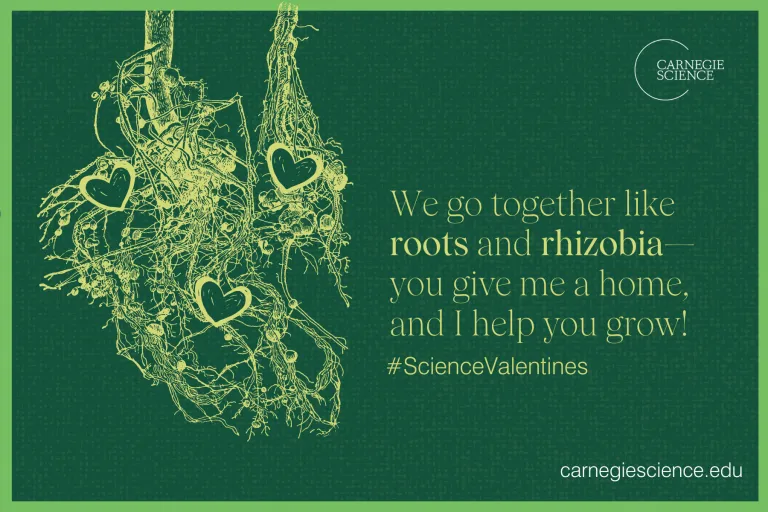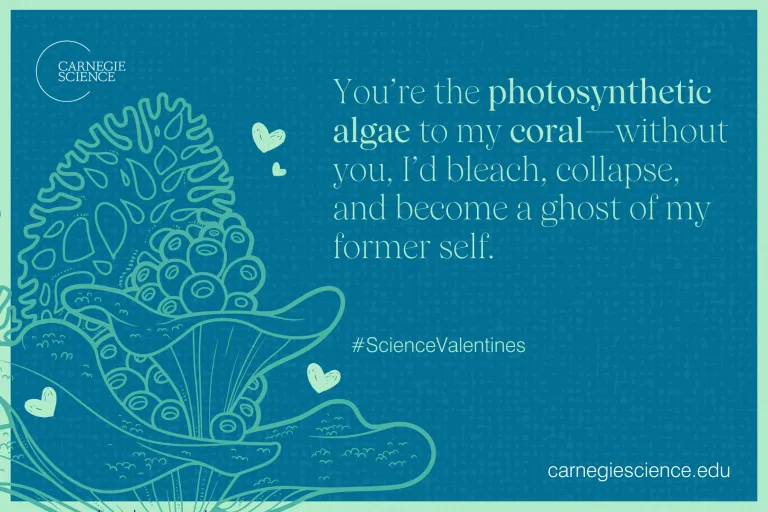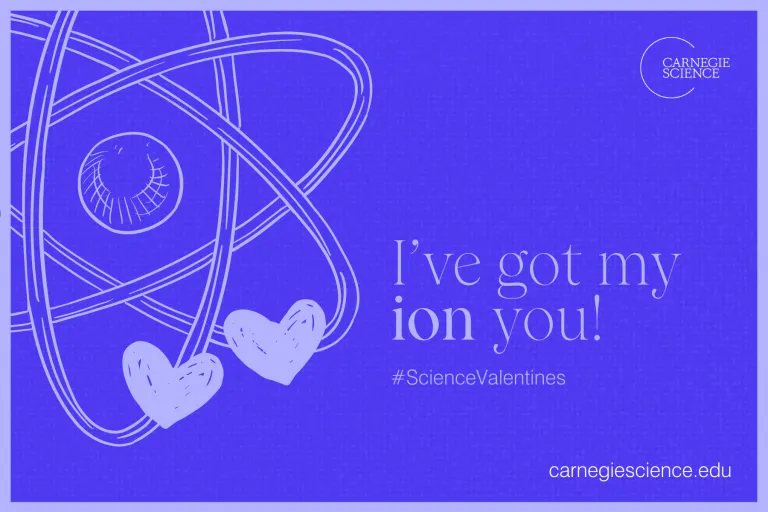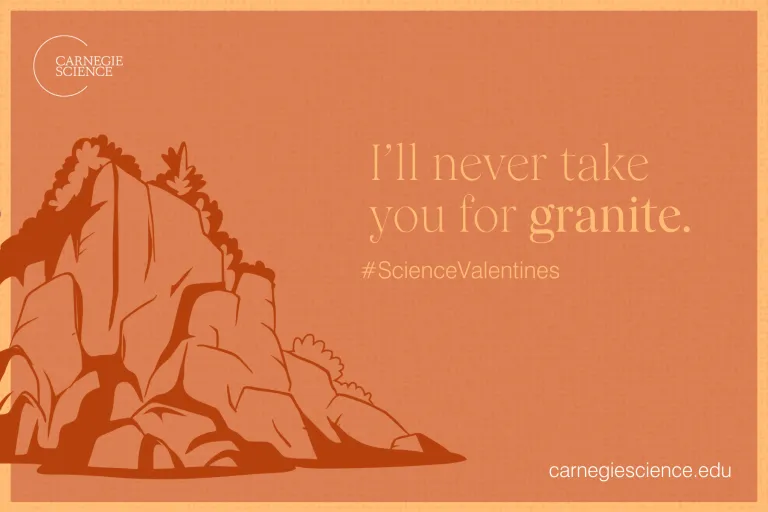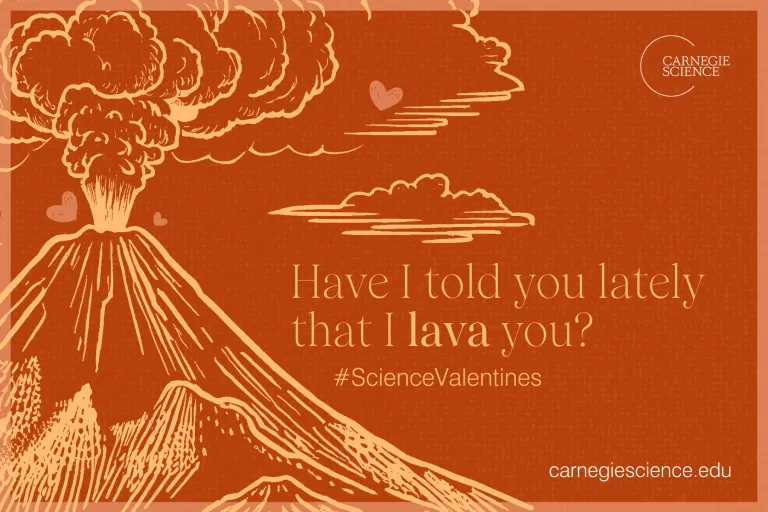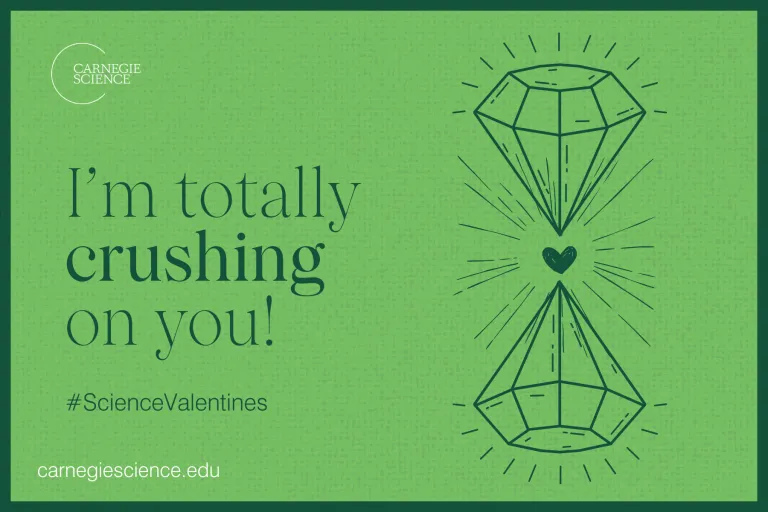We’ve created a set of nerdy, science-inspired Valentines based on our research in astronomy, Earth and planetary science, and biology. Whether you’re captivated by exoplanets, dark matter, volcanoes, or coral reefs, these pun-filled cards are the perfect way to share your love for science, discovery, and your statistically significant other.
💌
Will You Be Our Valentine?
📥 Download the printable Valentines to hand out to your favorite science fans.
📲 Post your favorite Valentine and tag @CarnegieScience with #ScienceValentines so we can share the love!
